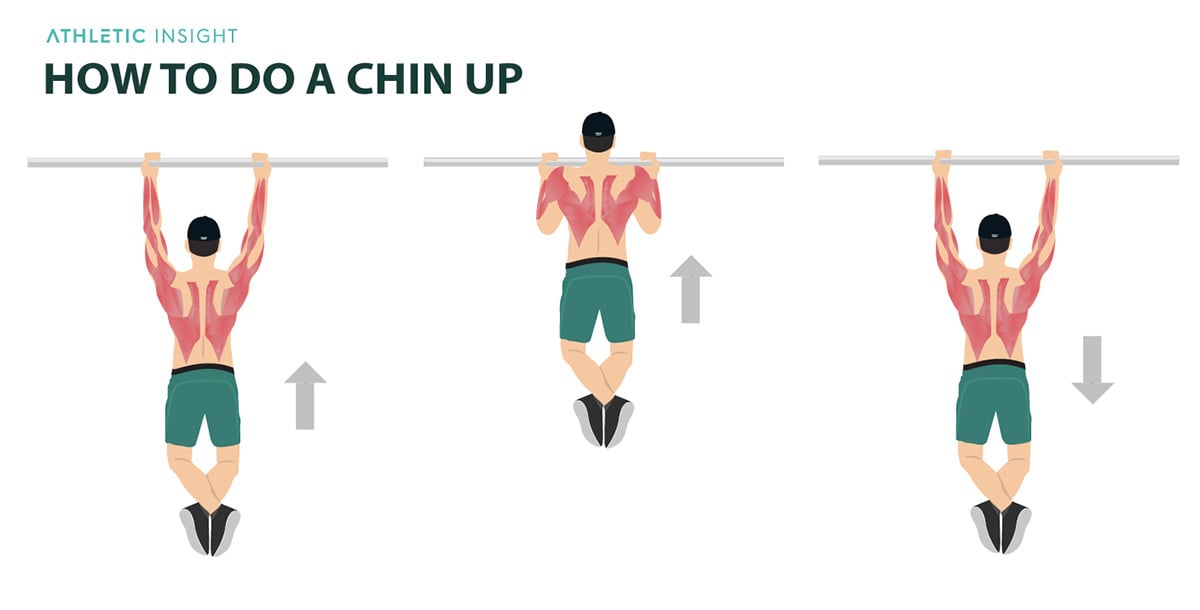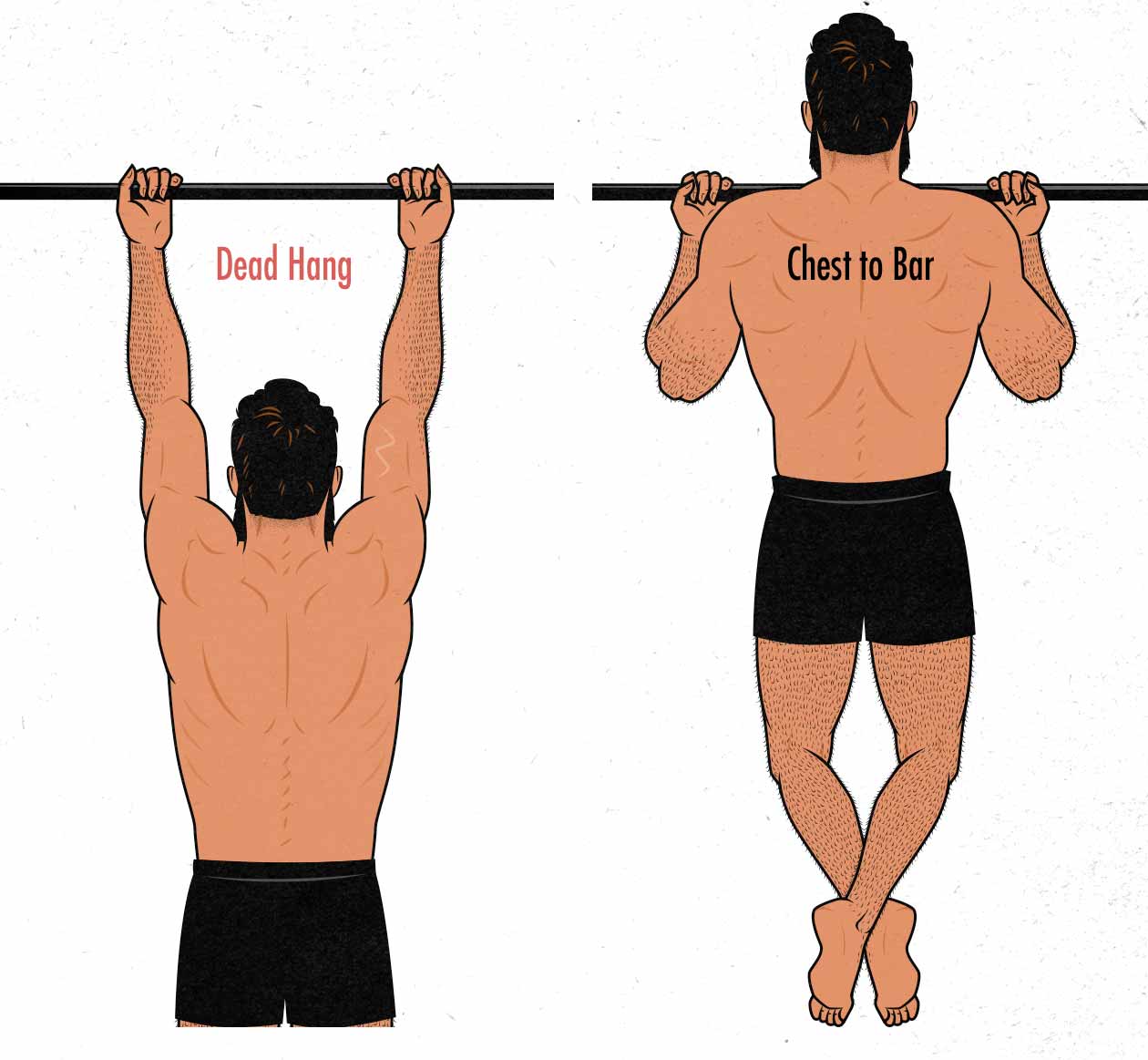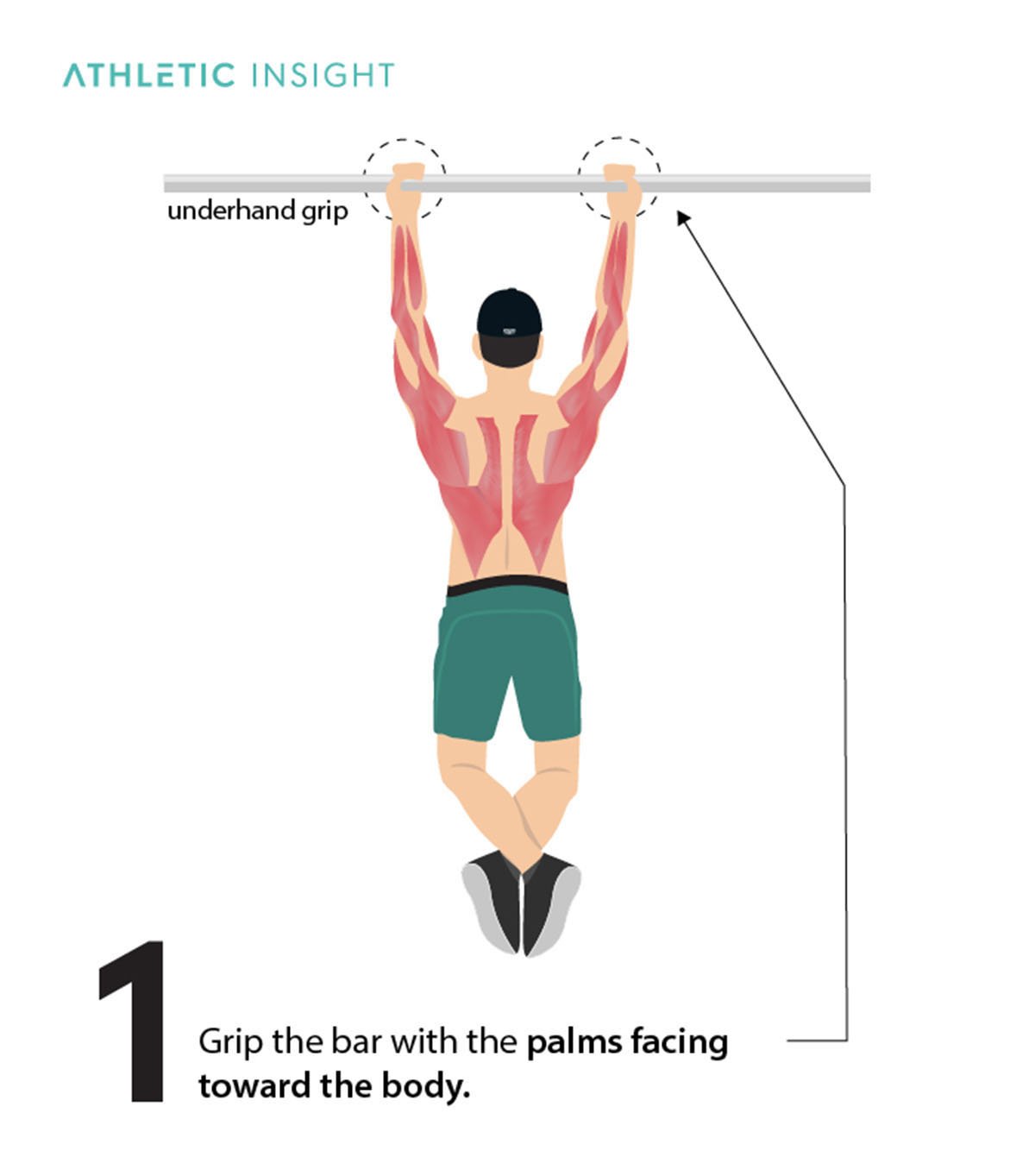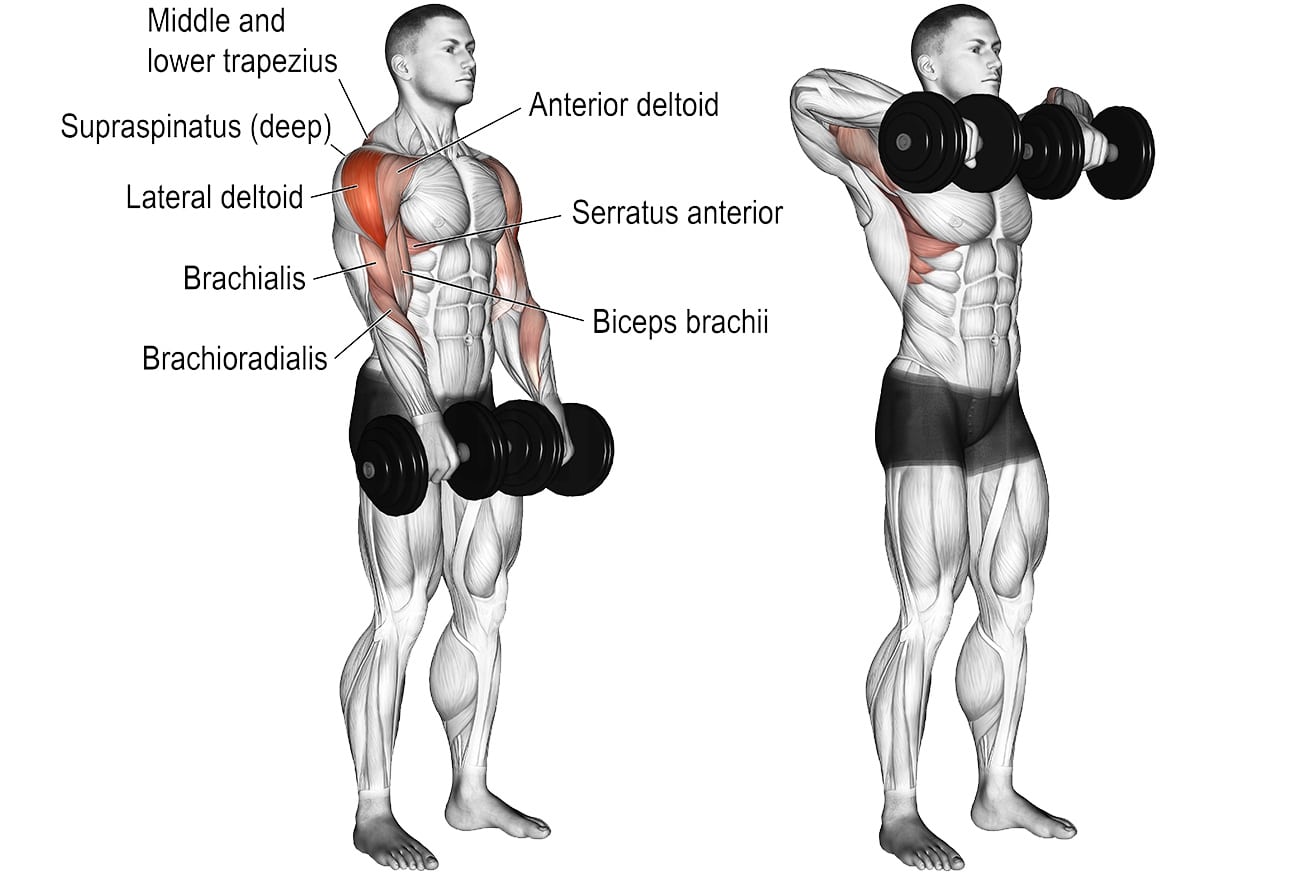Understanding the Chin Up Muscle Movement
Chin ups are a highly effective upper body exercise, engaging several muscle groups, including the latissimus dorsi, biceps, and forearms. When an individual cannot perform chin ups due to injury, lack of equipment, or insufficient strength, incorporating suitable replacement exercises becomes essential. These alternatives should target the same muscle groups, ensuring a well-rounded workout and continued progress.
Lat Pulldown: The Go-To Chin Up Substitute
The lat pulldown is a popular and effective replacement exercise for chin ups, often performed using a cable machine with a wide or narrow bar attachment. To execute a lat pulldown, sit down with your knees securely fastened under the knee pad. Grasp the bar with your palms facing forward (pronated grip) or backward (supinated grip), and extend your arms fully. Keep your chest up, engage your core, and pull the bar down towards your upper chest, ensuring your elbows remain close to your body. Pause briefly, then slowly return the bar to the starting position. Incorporating lat pulldowns into your workout routine offers several benefits, including increased upper body strength, improved grip, and enhanced muscle definition in the back, arms, and shoulders.
Inverted Rows: A Bodyweight Alternative to Chin Ups
Inverted rows are a bodyweight-based alternative to chin ups, primarily targeting the same muscle groups, including the latissimus dorsi, biceps, and forearms. To perform inverted rows, position a bar in a rack at waist height or use TRX suspension trainers. Lie down on the floor, grasp the bar or handles with an overhand grip, and extend your arms fully. Keep your body in a straight line, engage your core, and pull your chest up to the bar or handles. Pause briefly, then slowly lower yourself back to the starting position. Inverted rows offer several benefits, such as improved overall upper body strength, increased core stability, and enhanced grip and shoulder strength.
Assisted Chin Ups: A Scaled Version for Beginners
Assisted chin ups are an excellent option for beginners looking to build strength and confidence in their upper body. This exercise can be performed using an assisted chin up machine or resistance bands. When using an assisted chin up machine, select the appropriate weight assistance according to your strength level. The machine will help you pull your body up, reducing the total weight you need to lift. Resistance bands can also be looped around the bar and under your feet or knees, providing assistance as you pull yourself up. By incorporating assisted chin ups into your workout routine, you can gradually build the strength required to perform full chin ups, making it an essential replacement exercise for chin ups.
Pull Ups: A Similar, Yet Distinct, Upper Body Exercise
Pull ups are a compound upper body exercise that targets the same muscle groups as chin ups, including the latissimus dorsi, biceps, and forearms. While chin ups involve a supinated (underhand) grip, pull ups use a pronated (overhand) grip. This subtle difference in grip positioning results in slightly different muscle engagement, with pull ups placing more emphasis on the lats and less on the biceps. Nevertheless, pull ups can serve as a suitable replacement exercise for chin ups, as they still effectively target the primary muscles involved in chin ups. Incorporating pull ups into your workout routine can help build overall upper body strength, enhance grip and forearm development, and improve performance in various functional movements.
Isometric Holds: Building Strength with Static Exercises
Isometric holds are unique exercises that involve holding a static position for an extended period, promoting muscle growth and strength gains. For chin ups, an isometric hold can be performed by hanging from the bar with a supinated grip and holding the position for as long as possible. This exercise targets the same muscle groups as chin ups, including the latissimus dorsi, biceps, and forearms. Incorporating isometric holds into your workout routine can help build upper body strength, improve grip and forearm endurance, and provide a challenging alternative to traditional replacement exercises for chin ups. To ensure safety, maintain proper form and avoid straining or holding your breath during isometric holds. Gradually increase the duration of each hold as your strength improves.
Dumbbell Rows: A Versatile Option for Home Workouts
Dumbbell rows are a versatile and accessible replacement exercise for chin ups, particularly for those working out at home or without access to specialized equipment. This exercise targets the same muscle groups as chin ups, including the latissimus dorsi, biceps, and forearms. To perform dumbbell rows, follow these steps:
- Stand with a dumbbell in each hand, feet shoulder-width apart, and knees slightly bent.
- Lean forward at the hips, keeping your back straight and core engaged.
- Let your arms hang down, palms facing your body.
- Without moving your upper body, lift the dumbbells to your sides, keeping your elbows close to your body and squeezing your shoulder blades together.
- Pause briefly, then slowly lower the dumbbells back to the starting position.
Incorporating dumbbell rows into your workout routine can help build upper body strength, improve posture, and provide a suitable replacement exercise for chin ups. To maximize the benefits of dumbbell rows, maintain proper form, choose an appropriate weight, and perform the exercise with controlled movements. By including dumbbell rows in your workout routine, you can effectively target the primary muscle groups engaged during chin ups and continue to progress in your fitness journey.








